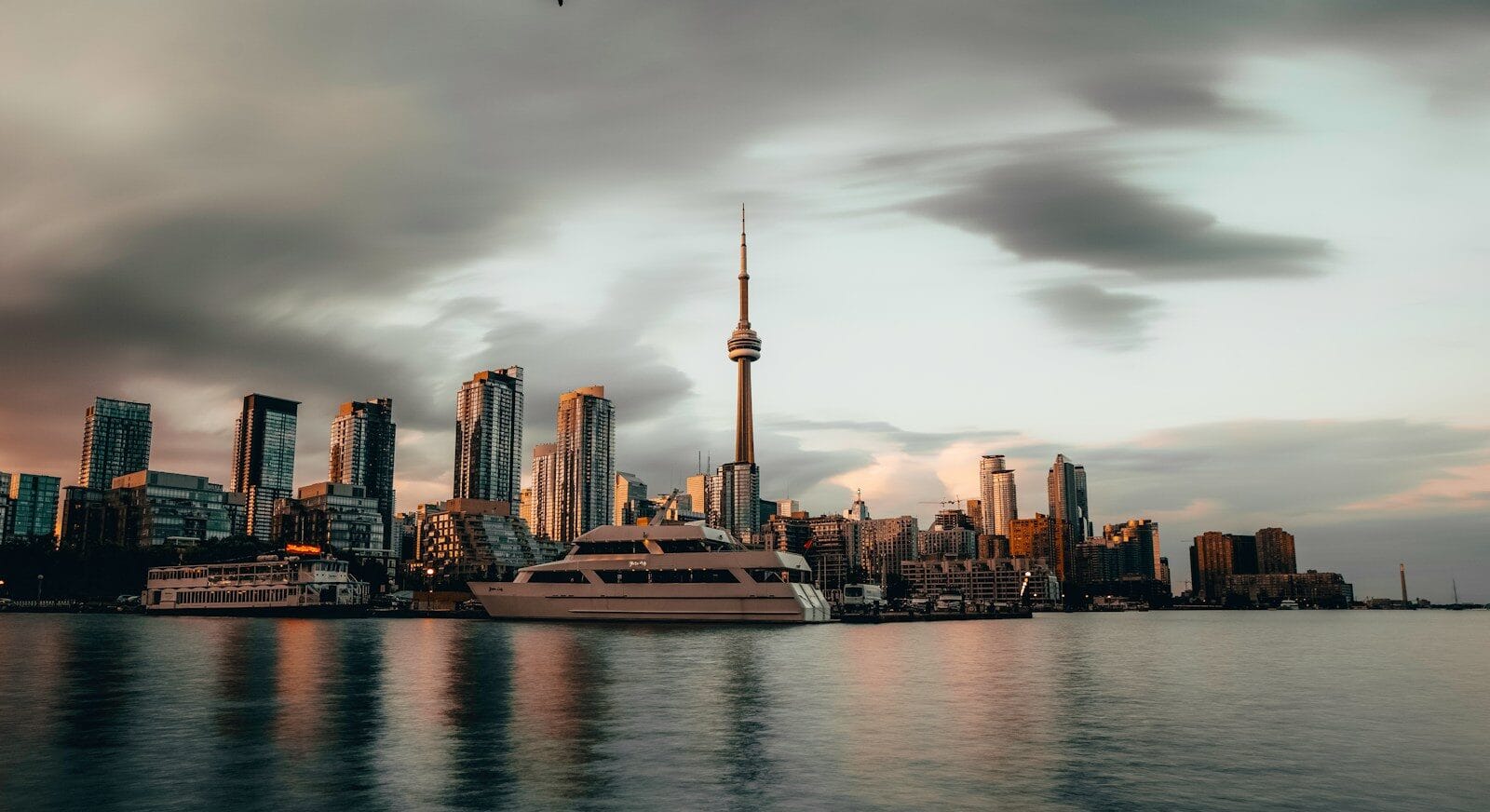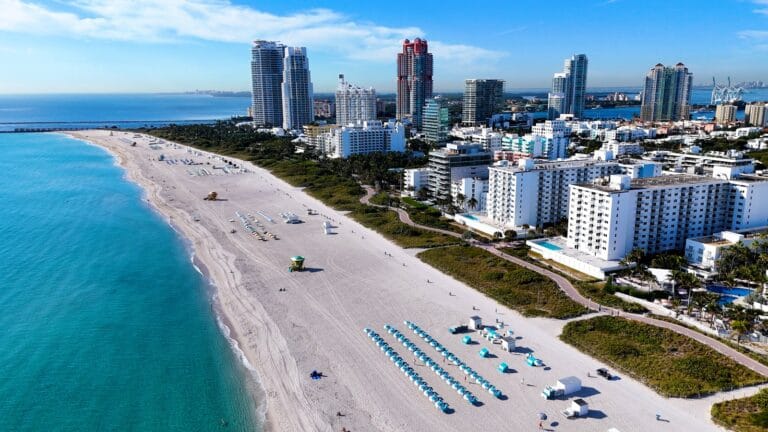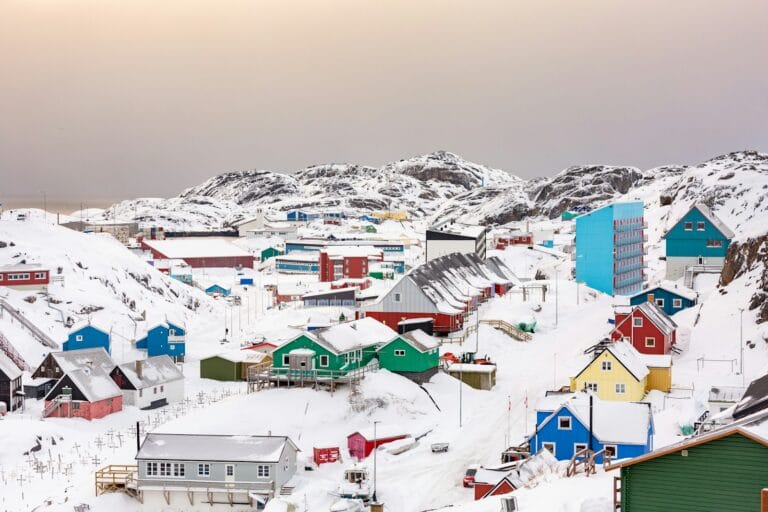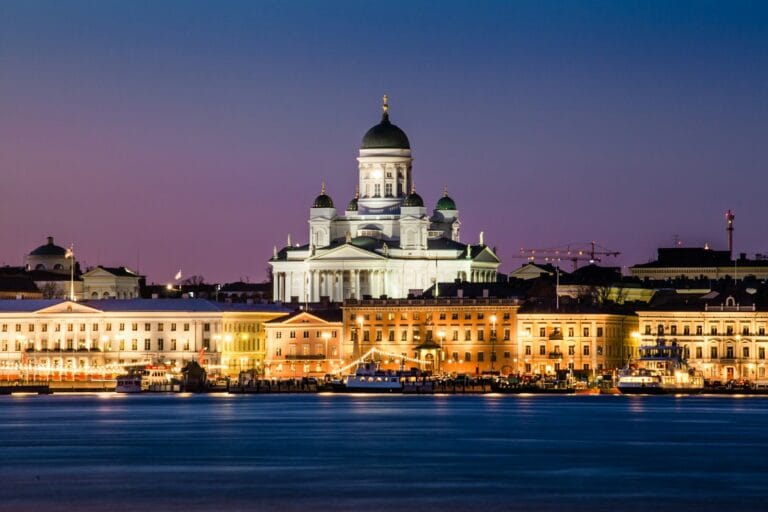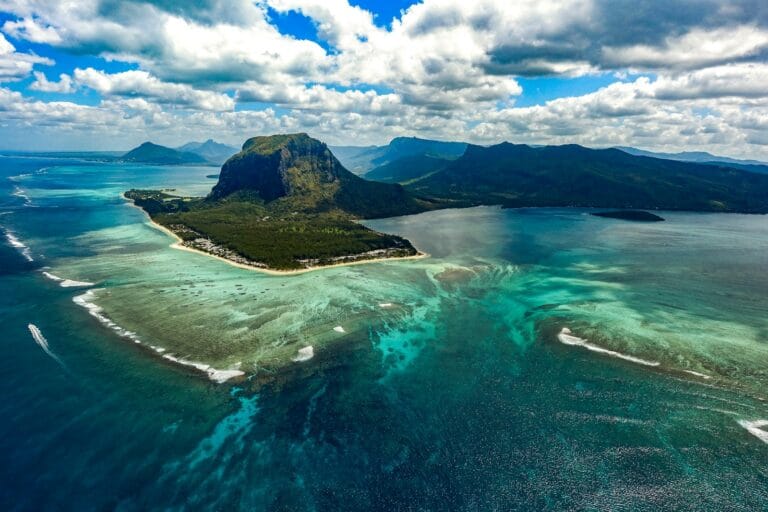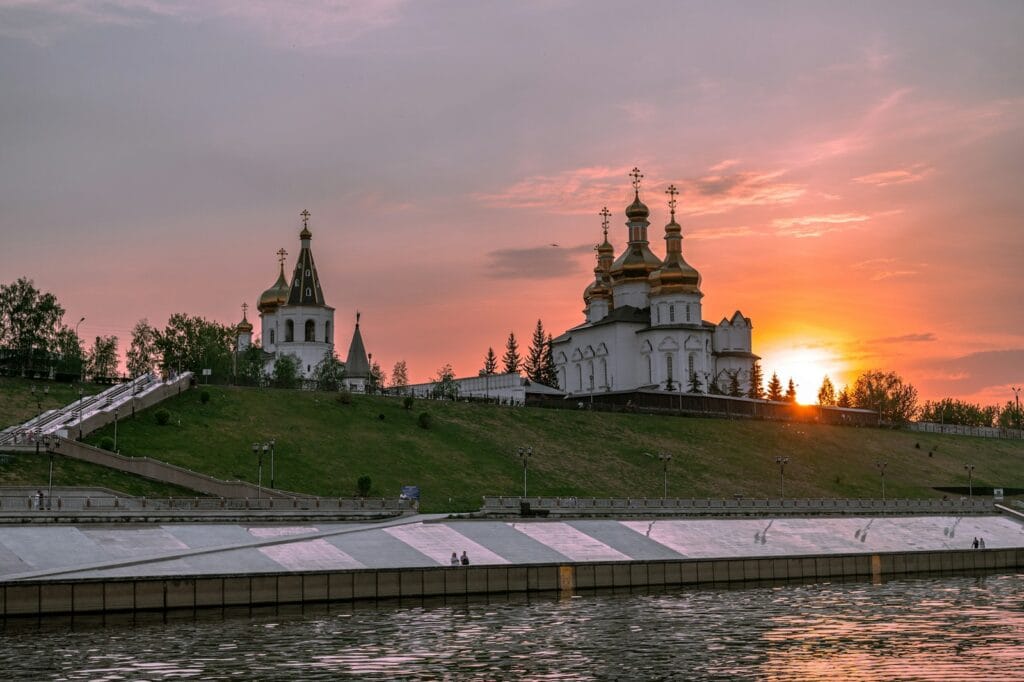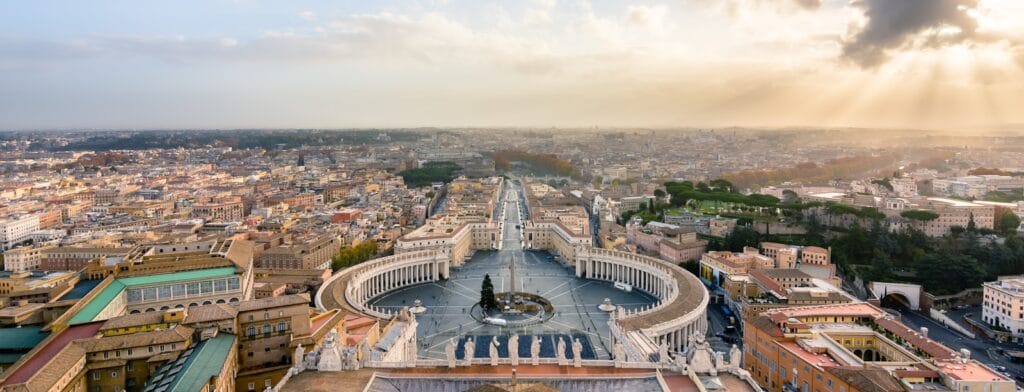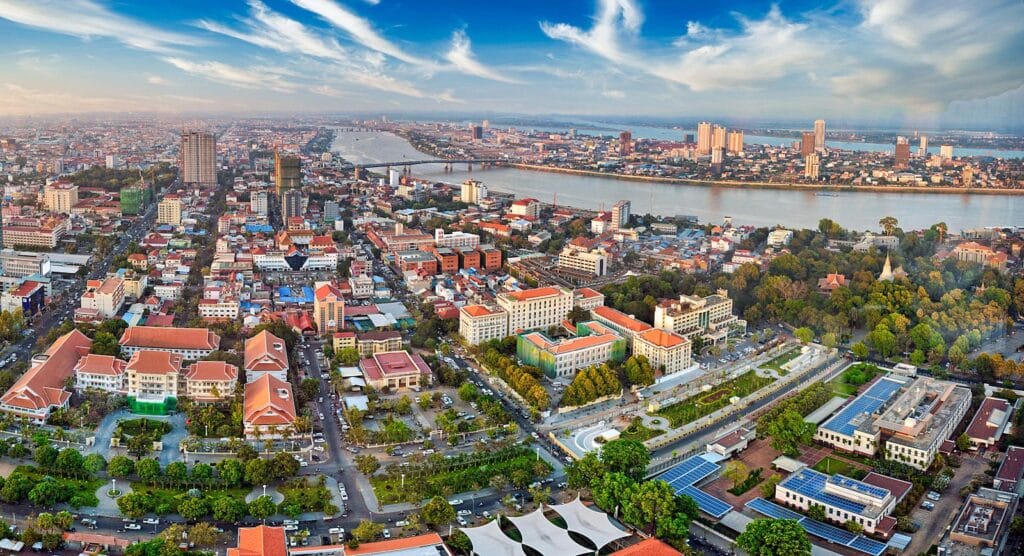Canada Travel Guide: Vast Landscapes & Vibrant Cultures
Intro to Canada Travel Guide
Towering mountain ranges, cosmopolitan cities, Arctic tundra, and ocean-sprayed coasts — Canada is a country of breathtaking diversity. Stretching from the Pacific to the Atlantic, and deep into the Arctic, this vast nation blends indigenous heritage, French and British colonial history, and world-class nature into one of the most inspiring destinations on Earth.
Start planning your journey with our complete Canada Travel Guide — explore dramatic wilderness, multicultural cities, iconic road trips, and unforgettable regional cuisines in every corner of the Great White North.
Looking for unforgettable experiences? Discover top-rated Canada tours and plan incredible things to do in Canada.
Continent: North America
Country: Canada
Area: 9,984,670 km² (2nd largest in the world)
Population: ~40 million (2024)
Density: ~4/km²
Capital: Ottawa
Provinces/Territories: 10 provinces, 3 territories
Language(s): English and French (official); over 200 languages spoken
Currency: Canadian Dollar (CAD)
Time Zones: Pacific to Atlantic (UTC−8 to UTC−3.5); up to 6 time zones
Airports: YYZ (Toronto), YVR (Vancouver), YUL (Montreal), YYC (Calgary), YOW (Ottawa)
Climate: Arctic in the north, temperate in the south, oceanic on the coasts
Known For: National parks, multicultural cities, Northern Lights, maple syrup, Rocky Mountains, wildlife
Visa-free entry for up to 6 months for citizens of the U.S., EU, UK, Australia, Japan, and over 50 countries
eTA (Electronic Travel Authorization) required for visa-exempt air travelers — apply at Canada eTA Portal
Full visa required for citizens of countries like India, China, and Pakistan
Passport must be valid for the duration of your stay
Border crossing rules are stricter post-COVID — travelers may be asked to show proof of funds, return tickets, or purpose of travel
No mandatory vaccines for entry
Recommended: Routine vaccines (MMR, DTP), Influenza (especially in winter)
Healthcare quality is high; travelers should carry insurance, as medical care is not free for visitors
Hospitals are widely accessible in all cities; rural and northern areas may have limited facilities
See Canada Travel Health Notices for updates — get coverage here
Stay Informed with Official Updates: World Health Organization – International Travel and Health | Centers for Disease Control and Prevention – Global Travel Health
Canada is considered very safe with low crime rates and stable government
Be alert to wildlife when hiking or driving in national parks
Winters can be extreme — snowstorms and icy roads are a risk in northern and interior regions
Stay updated at Global Affairs Canada Travel Advice
Stay Informed with Official Updates: US Travel Advisory | UK Foreign Travel Advice
Canada Day – July 1: National celebration with fireworks and events
Thanksgiving – 2nd Monday of October
Victoria Day – Monday before May 25
Christmas Day – December 25
New Year’s Day – January 1
Note: Each province also has its own statutory holidays (e.g., Family Day, St. Jean Baptiste Day in Quebec)
Currency: Canadian Dollar (CAD); coins: $1 (loonie), $2 (toonie)
Credit/debit cards accepted almost everywhere; contactless payments common
Tipping: 15–20% in restaurants, taxis, salons
Duty-Free Allowances: 1.5L wine or 1.14L spirits, 200 cigarettes, CAN$800 of goods if outside Canada for 48+ hours
ATMs readily available; currency exchange offered at airports and major cities
VIA Rail connects major cities; high-speed rail proposed between Toronto and Quebec City
Flights common between provinces due to large distances
Ride-sharing (Uber, Lyft) available in cities; taxis metered
Driving on the right side; IDP required if license not in English or French
Public transit strong in cities like Toronto, Montreal, Vancouver (buses, subways, light rail)
SIM cards available from Bell, Rogers, Telus, and regional carriers
Strong LTE and 5G coverage in urban areas; weaker in remote regions and the far north
Free Wi-Fi in airports, cafes, hotels, libraries
eSIM options supported by most major networks
Legal drinking age: 18 or 19 depending on province
Cannabis is legal for recreational use (age-restricted, rules vary by province)
Tolerance and diversity are cultural values — discrimination is legally prohibited
LGBTQ+ travelers are welcomed and protected under federal law
In Quebec, basic French greetings and courtesy are appreciated even if you don’t speak the language
Emergency (Police/Fire/Ambulance): 911
Traveler support: Travel.gc.ca Assistance
U.S. travelers: U.S. Embassy Ottawa
Healthcare for tourists is not free — insurance highly recommended
Insert travel insurance affiliate link here
Best time to visit: May to October (warmer temps, festival season, fall colors)
Winter: November to March – cold, snowy, especially in central/northern provinces
Spring/Fall: Shoulder seasons with lower crowds and mild weather
West Coast (e.g., Vancouver): Mild and rainy winters; warmer summers
Live forecast: Weather Forecast
Canada by Region – Where to Go
British Columbia (West Coast)
- Vancouver: A Pacific city framed by ocean and mountains. Explore Stanley Park, hip neighborhoods, and day trips to Whistler or Vancouver Island.
- Victoria: British charm meets Pacific scenery. Visit Butchart Gardens, go whale-watching, or enjoy the Inner Harbour.
- Whistler: A year-round alpine hub for skiing, mountain biking, and outdoor luxury.
Alberta (Rockies & Prairies)
- Banff & Lake Louise: Canada’s most iconic alpine parks. Turquoise lakes, glacier-fed valleys, and postcard-perfect towns await.
- Jasper: A quieter but equally majestic national park with more wildlife and rugged beauty.
- Calgary & Edmonton: Urban stops with cowboy culture (Calgary Stampede) and massive malls (West Edmonton Mall).
Ontario (Central Canada)
- Toronto: Canada’s largest city is vibrant, diverse, and dynamic. Visit CN Tower, Kensington Market, and the Distillery District.
- Ottawa: The elegant capital — home to Parliament Hill, national museums, and the Rideau Canal.
- Niagara Falls: A must-see natural wonder, easily accessed from Toronto.
Quebec (French Canada)
- Montreal: A lively bilingual city known for festivals, gastronomy, and Old Montreal’s European charm.
- Quebec City: North America’s oldest walled city, brimming with cobblestone streets, history, and Francophone culture.
- Charlevoix & Laurentians: Scenic rural escapes for hiking, skiing, and boutique inns.
Atlantic Provinces (East Coast)
- Nova Scotia: Visit the Cabot Trail, Peggy’s Cove, and Cape Breton Highlands. Seafood and coastal charm reign here.
- Newfoundland & Labrador: Rugged cliffs, puffins, icebergs, and Viking settlements make this Canada’s wild frontier.
- New Brunswick & Prince Edward Island: From the Bay of Fundy’s tidal spectacle to Anne of Green Gables country, this region is charming and quiet.
The North (Territories)
- Yukon: Gold Rush history, stunning mountain ranges, and the midnight sun.
- Northwest Territories: Witness the Northern Lights and remote beauty along the Dempster Highway.
- Nunavut: For true Arctic exploration — glaciers, Inuit communities, and vast wilderness only accessible by plane or boat.
Top Places to Visit in Canada
Natural Icons
- Banff National Park: Stunning lakes and peaks with great infrastructure for visitors.
- Niagara Falls: A thunderous wonder with boat tours and viewpoints.
- Pacific Rim National Park (BC): Rainforests, waves, and whale migrations.
Urban Highlights
- Toronto: Skyscrapers and street food. Diverse, bustling, and full of energy.
- Montreal: Europe meets Canada in culture, cuisine, and creativity.
- Vancouver: Nature-lovers’ city with urban trails, beaches, and mountain views.
Cultural & Historic Sites
- Old Quebec City: Fortified walls, château hotels, and French ambiance.
- Lunenburg (NS): A colorful UNESCO heritage town by the sea.
- Head-Smashed-In Buffalo Jump (Alberta): Indigenous heritage and storytelling site.
Adventure Getaways
- Whistler: World-class skiing, summer trails, and spas.
- Gros Morne (Newfoundland): Epic hiking and geological wonders.
- Churchill (Manitoba): Polar bear and beluga whale capital.
How to Choose Where to Go in Canada
- Short on time? Pair Toronto + Niagara Falls, or go west for Vancouver + Whistler.
- Want mountains and lakes? Focus on Alberta’s Rockies with Banff and Jasper. Love food and culture? Montreal and Quebec City are unbeatable.
- For maritime charm, choose Nova Scotia or PEI. If you crave Arctic adventures, Yukon or Nunavut offer remote expeditions like no other.
- Mix city and nature for a classic Canadian route: Toronto → Montreal → Banff.
How to Get Around Canada
Canada’s size means long distances — but it’s well connected.
- Domestic flights are best for cross-country travel (e.g., Toronto to Vancouver).
- Train travel with VIA Rail offers scenic routes but can be slow and costly.
- Bus services (e.g., Greyhound alternatives) exist regionally, especially in Ontario and Quebec.
- Car rental is essential for exploring the Rockies, coasts, and smaller towns.
- Public transport is reliable in major cities (subways, buses, trams).
- Ride-hailing apps (Uber, Lyft) operate in urban centers.
Travel Budget & Costs in Canada
Canada is mid- to high-range in costs, depending on location and style.
Daily Budget Estimates:
- Budget: $70–$100/day (hostels, transit, groceries)
- Mid-range: $120–$200/day (hotels, restaurants, excursions)
- Luxury: $250+/day (4–5 star hotels, private tours, gourmet dining)
Sample Prices:
- Coffee: $3–$5
- Hostel bed: $40–$60
- Hotel room: $120–$250
- Intercity flight: $150–$400
- National park entry: $10–$20/day
Buy the Parks Canada Discovery Pass if visiting multiple parks.
Best Time to Visit Canada
Summer (June–August): Warm, ideal for national parks, hiking, and festivals.
Fall (Sept–Oct): Beautiful foliage, especially in Quebec and Ontario.
Winter (Dec–Feb): Ski season in BC and Alberta. Best for Northern Lights.
Spring (March–May): Fewer crowds, spring blooms, variable weather.
- Best for skiing: December–March
- Best for road trips: June–September
- Best for aurora borealis: October–March (north)
Must-See Experiences in Canada
- Canoe in Algonquin Park: Paddle through lakes, spot moose, and sleep under the stars.
- Train ride on the Rocky Mountaineer: Glass-domed luxury train between Vancouver and Banff.
- See the Northern Lights: Head to Yukon or NWT in winter for brilliant auroras.
- Explore Old Quebec: Wander cobblestone streets and dine on French-Canadian fare.
- Drive the Icefields Parkway: One of the world’s most scenic highways.
- Whale-watching in Tofino: Spot orcas, humpbacks, and gray whales along BC’s coast.
- Attend a powwow: Celebrate Indigenous traditions in Manitoba, Saskatchewan, or Ontario.
- Visit a sugar shack in Quebec: Enjoy maple taffy and hearty feasts during sugaring season.
Book immersive Canada tours and experience unforgettable things to do in Canada — from sacred mountain trails and whale-watching coasts to vibrant cities and Indigenous festivals.
Best Travel Itineraries in Canada
7-Day Classic West
- Vancouver → Whistler → Victoria
10-Day Rockies Adventure
- Calgary → Banff → Jasper → Icefields Parkway → Yoho
14-Day East Meets West
- Toronto → Niagara Falls → Montreal → Vancouver → Victoria
Northern Lights Explorer
- Fly to Whitehorse or Yellowknife for 4–5 days of aurora chasing, snowshoeing, and cultural experiences
Local Cuisine & Culinary Experiences
- Poutine (Quebec): Fries with gravy and cheese curds — a national comfort food.
- Tourtière: Savory meat pie enjoyed in Quebec.
- Butter Tarts: Sweet, gooey pastries with raisins or pecans.
- Pacific Salmon (BC): Often grilled, smoked, or served with cedar planks.
- Peameal Bacon (Toronto): Also called Canadian bacon, it’s cornmeal-crusted and delicious in sandwiches.
- Seafood chowder (Atlantic): Creamy soups with lobster, mussels, and haddock.
- Bison & game meats (Prairies/North): Featured in Indigenous and rustic cuisines.
Explore Canada’s food scene via night markets, gourmet tours, sugar shacks, and Indigenous feasts.
Travel Safety & Cultural Etiquette in Canada
Safety Tips:
- Canada is generally very safe — urban petty theft is rare but stay aware.
- Nature is wild: respect wildlife, carry bear spray in hiking areas, and prepare for changing weather.
Cultural Etiquette:
- Canadians value politeness, personal space, and punctuality.
- Tipping: 15–20% is expected in restaurants.
- Learn about Indigenous cultures and support ethical tourism initiatives.
- LGBTQ+ travelers will find Canada welcoming and progressive.
Where to Go Next – Pair Canada with These Destinations
- USA: Easily pair with road trips into Washington, New York, or New England.
- Greenland: From Northern Canada, expedition cruises or flights connect to this Arctic gem.
- France: Direct flights from Quebec make it an easy Francophone pairing.
- Japan or South Korea: Common trans-Pacific stopovers from Vancouver.
Explore more:
USA Travel Guide
Japan Travel Guide
France Travel Guide
Alaska Travel Guide
Final Planning Checklist for Canada
- Finalize route: East, West, Arctic, or cross-country
- Book accommodations, rental cars, and national park passes early
- Download maps and weather apps — weather shifts fast in nature areas
- Check visa/ETA requirements and passport validity
- Pack layers, bug spray, and sun protection
- Arrange travel insurance with adventure or winter sports coverage
- Plan for tipping and card-based payments (Canada is very cashless)
- Brush up on French if visiting Quebec, though English is widely spoken
Explore Canada with confidence using our trusted tips, local insights, and region-by-region planning tools.
For more expert travel tips, practical strategies, and trusted tools — visit our Homepage and get inspired for your next trip.

